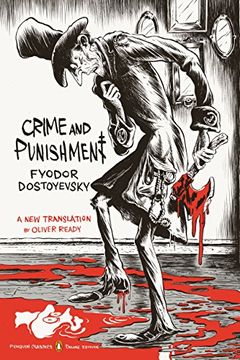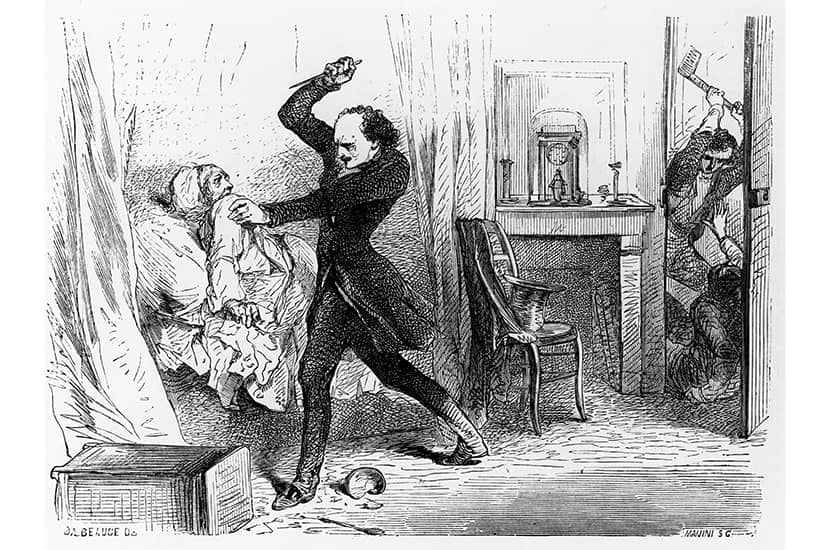
Crime and Punishment is a novel by Fyodor Dostoevsky, first published in 1866. It is widely regarded as one of the most significant works of Russian literature and a cornerstone of existential and psychological fiction. The novel delves into profound philosophical issues such as morality, guilt, redemption, and the human condition, all explored through the story of its central character, Rodion Raskolnikov.
Plot Summary: Set in St. Petersburg, Russia, the novel follows the life of Rodion Raskolnikov, a young, impoverished former student. Raskolnikov develops a theory that certain people, due to their superiority, are justified in committing crimes to further greater goals. Convincing himself that he is one of these exceptional individuals, he plans and carries out the murder of a pawnbroker, Alyona Ivanovna, intending to use the stolen money for noble purposes.
However, the crime does not unfold as he expected, and Raskolnikov’s conscience begins to unravel. As the story progresses, he is consumed by guilt, the fear of being caught, and the psychological aftermath of his actions. His interactions with other characters—such as the astute detective Porfiry Petrovich, the compassionate prostitute Sonya Marmeladov, and his own family—deepen his internal conflict and moral struggles.

Themes:
Guilt and Redemption: Raskolnikov experiences profound guilt for his crime and spends much of the novel seeking redemption. His eventual confession and willingness to face punishment serve as key turning points in the story.
Justice and Punishment: The novel examines various views on justice and punishment, including Raskolnikov’s rationale for his crime and society’s reaction to criminal acts.
Morality and Conscience: Dostoevsky explores the moral consequences of Raskolnikov’s actions, probing the complex relationship between good and evil and the role of conscience in shaping human behavior.
Existential Angst: Raskolnikov’s inner turmoil mirrors existential concerns about isolation, alienation, and the quest for meaning in a world that appears indifferent to individual suffering.
 Literary Significance: Crime and Punishment is renowned for its intricate character development, psychological depth, and examination of moral conflicts. It is a foundational work in the evolution of psychological realism in literature and has had a lasting impact on many writers and intellectuals since its release.
Literary Significance: Crime and Punishment is renowned for its intricate character development, psychological depth, and examination of moral conflicts. It is a foundational work in the evolution of psychological realism in literature and has had a lasting impact on many writers and intellectuals since its release.
The novel remains a key subject of study and analysis for its depiction of the human mind under intense pressure and its deep engagement with moral and philosophical issues. It continues to serve as a timeless exploration of human nature's complexities and the repercussions of unethical behavior.
Comments
Post a Comment